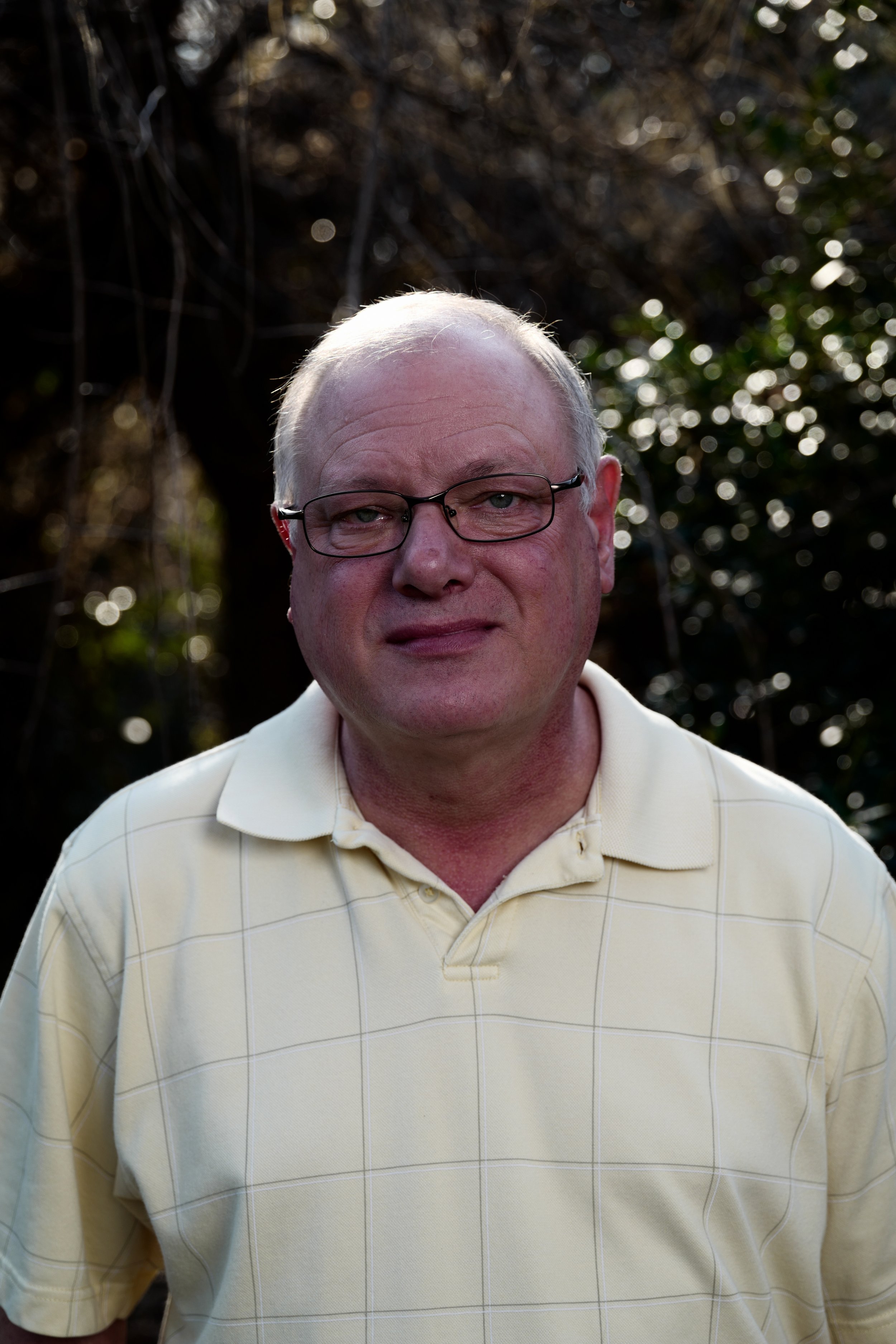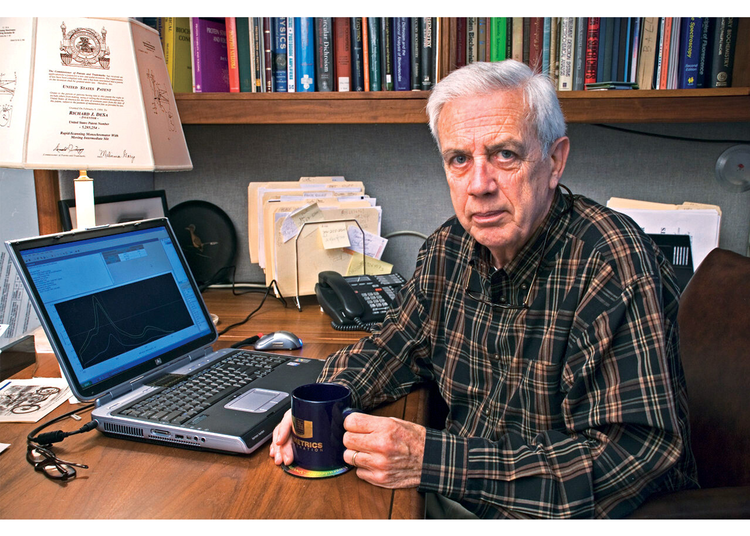10 Easy Facts About Circularly Polarized Luminescence Described

Branch of spectroscopy Table-top spectrophotometer Beckman IR-1 Spectrophotometer, ca. 1941 Beckman Design DB Spectrophotometer (a double beam model), 1960 Hand-held spectrophotometer used in graphic industry Spectrophotometry is a branch of electromagnetic spectroscopy concerned with the quantitative measurement of the reflection or transmission homes of a material as a function of wavelength.
Spectrophotometry is a tool that hinges on the quantitative analysis of molecules depending on how much light is absorbed by colored substances.
Some Known Factual Statements About Uv/vis/nir
A spectrophotometer is frequently used for the measurement of transmittance or reflectance of options, transparent or opaque solids, such as sleek glass, or gases. Lots of biochemicals are colored, as in, they soak up noticeable light and for that reason can be determined by colorimetric treatments, even colorless biochemicals can typically be transformed to colored compounds appropriate for chromogenic color-forming reactions to yield substances appropriate for colorimetric analysis.: 65 However, they can likewise be developed to measure the diffusivity on any of the noted light ranges that normally cover around 2002500 nm using various controls and calibrations.
An example of an experiment in which spectrophotometry is used is the determination of the balance constant of a service. A certain chain reaction within a solution might happen in a forward and reverse instructions, where reactants form products and products break down into reactants. At some point, this chemical reaction will reach a point of balance called a balance point.
The Definitive Guide for Spectrophotometers
The quantity of light that goes through the solution is a sign of the concentration of particular chemicals that do not enable light to pass through. The absorption of light is due to the interaction of light with the electronic and vibrational modes of particles. Each type of particle has a private set of energy levels related to the makeup of its chemical bonds and nuclei and hence will absorb light of particular wavelengths, or energies, resulting in distinct spectral residential or commercial properties.
They are extensively utilized in many industries consisting of semiconductors, laser and optical production, printing and forensic evaluation, as well as in labs for the study of chemical substances. Spectrophotometry is often utilized in measurements of enzyme activities, determinations of protein concentrations, determinations of enzymatic kinetic constants, and measurements of ligand binding reactions.: 65 Eventually, a spectrophotometer is able to figure out, depending on the control or calibration, what substances are present in a target and exactly how much through calculations of observed wavelengths.
This would come as an option to the previously developed spectrophotometers which were unable to soak up the ultraviolet correctly.
Uv/vis/nir Fundamentals Explained
It would be found that this did not offer acceptable outcomes, therefore in Model B, there was a shift from a glass to a quartz prism which allowed for much better absorbance outcomes - circularly polarized luminescence (https://pagespeed.web.dev/analysis/https-olisclarity-com/ft59obxjpp?form_factor=mobile). From there, Model C was born with a modification to the wavelength resolution which ended up having three systems of it produced
It was produced from 1941 to 1976 where the rate for it in 1941 was US$723 (far-UV devices were an option at extra cost). In the words of Nobel chemistry laureate Bruce Merrifield, it was "most likely the most crucial instrument ever established towards the development of bioscience." Once it became stopped in 1976, Hewlett-Packard developed the very first commercially available diode-array spectrophotometer in 1979 referred to as the HP 8450A. It irradiates the sample with polychromatic light which the sample soaks up depending upon its homes. It is transferred back by grating the photodiode array which finds the wavelength area of the spectrum. Ever since, the creation and implementation of spectrophotometry gadgets has actually increased tremendously and has turned into one of the most ingenious instruments of our time.
Spectrophotometers Fundamentals Explained
Historically, spectrophotometers utilize a monochromator containing a diffraction grating to produce the analytical spectrum. The grating can either be movable or fixed. If a single detector, such as a photomultiplier tube or photodiode is used, the grating can be scanned step-by-step (scanning spectrophotometer) so that click to investigate the detector can measure the light intensity at each wavelength (which will represent each "step").
In such systems, the grating is repaired and the intensity of each wavelength of light is determined by a various detector in the array. When making transmission measurements, the spectrophotometer quantitatively compares the portion of light that passes through a referral solution and a test option, then digitally compares the intensities of the two signals and calculates the portion of transmission of the sample compared to the reference standard.

Comments on “The Spectrophotometers Diaries”